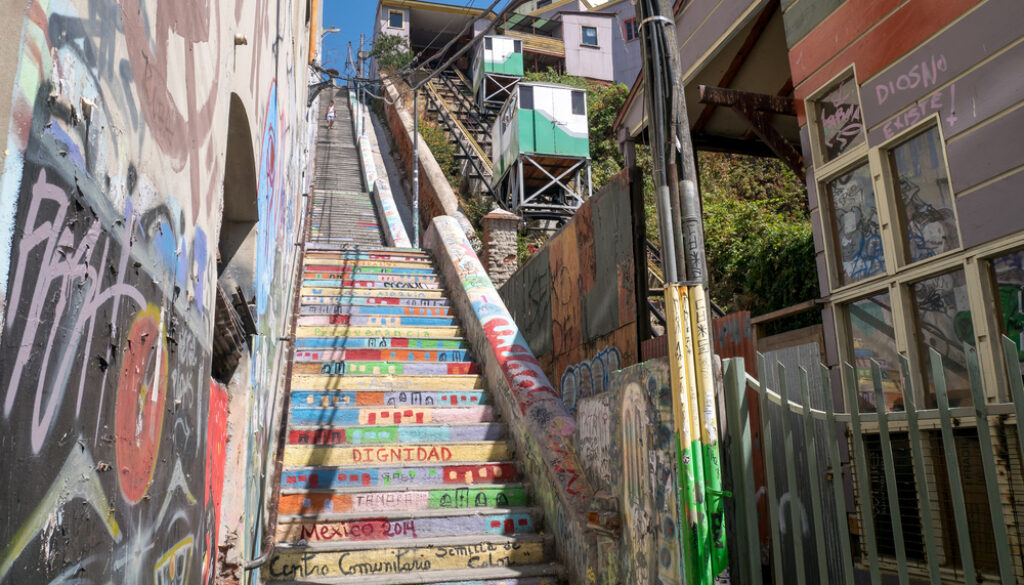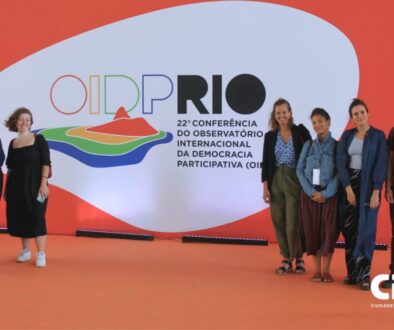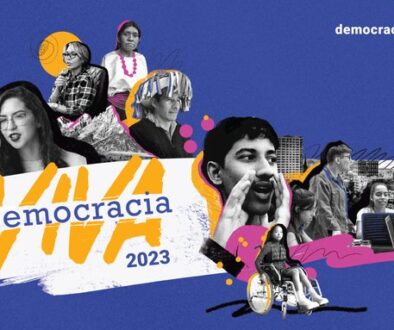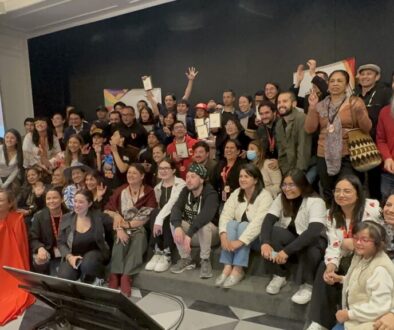Social urbanism: how to change the concept of social housing in Chile
Getting your Trinity Audio player ready... |
It’s not about infrastructure, the important thing is that citizens feel happy in their territories: it’s called ‘social urbanism’.
“We made a very powerful reflection: what do we want: to appear in the architecture awards with the best housing or do we really want people to feel happy to live in that place, in that territory?” explains Pilar Goycoolea Ferrer, director of the foundation, to LA Network.
For Goycoolea, a commercial engineer who began her career in other areas of the private sector, the foundation emerged under the name of Gestión Vivienda in 2007, motivated by the urban inequality in the Chilean capital and working on the construction of social housing under three parameters that today define its work and constitute a model for other Latin American cities.
The first of these is the location of social housing projects: because it is social, it does not necessarily have to be located on cheap land in the periphery. Secondly, the priority was, and is, quality: to have architects and engineers who could provide a high level of quality to the proposals.
And thirdly, the communities, the families involved in the projects. “The families should not feel that this is a gift from the state, but rather a right to live in a place where everyone is willing to live, not just the most vulnerable people,” says Goycoolea Ferrer about the ‘touch’ of the foundation he leads.
Social housing = depressed sectors?
Territories where 65% of the inhabitants would prefer to leave their homes, or others where 90% of the population feels ashamed to live in them, is a Chilean, Santiago reality, explains the foundation’s director.
She adds that, for three or more decades, the focus of social housing in her country was more on quantity than on quality, and that is precisely why the peripheries were the places chosen for social projects, with the logical consequence that the communities were isolated from facilities, public services and the city itself.
“What was done was to send the most vulnerable people, who had the dream of owning their own home, to the periphery, with very poor housing quality and very bad architecture,” explains the director.
Now, what the foundation proposes is that this should not be so.
As noted above, the first is the creation of quality social housing projects thanks to the design and construction with architect-engineers. Second, land management. According to Goycoolea Ferrer, the foundation builds projects in the center of Santiago “that are of social integration and that basically seek to demonstrate that, despite the fact that the value of the land is very high and is the great difficulty it has, it is possible through coordination with municipalities and the private sector to build social housing for the poorest people in the center of the city,” he said.
Changing urban paradigms
In this sense, the projects not only include the construction of housing, but also something more comprehensive, such as urban parks and large-scale infrastructure. A philosophical and business model that, according to the director, is similar to those of other organizations such as Techo, Fundación Vivienda, and Mi Parque, among others.
“And all this together with a model of preventive social urbanism, which basically seeks to stay for three years for the communities we work with, to achieve that organization that manages to give them physical and social sustainability”, she pointed out.
Sustainability includes aspects such as communication, innovation in convening techniques, the construction of a participatory story that conjures up something that is almost a standard in many Latin American cities where communities remain frustrated with the social management carried out and in which municipal entities wield the banner of participation without it being a true collective construction, “A check list of participation and not because we are really interested in the people who are going to live, inhabit and coexist with this urban infrastructure or with this urban development”, criticized the commercial engineer who emphasized that a true participation of the community generates legitimacy to the development of housing.
Finally, the Chilean director indicated that, “it is no small thing, then, to get the process right and make the decision to understand that housing was not a whole but a component – housing is not the end -, to change our name to social urbanism, to change the mission of social urbanism and put people at the center and not infrastructure at the center, and to open ourselves to developments of different scales, not only of housing, but also of neighborhoods, down to the commune and the city”.
This article was previously published in La Network on May 30, 2019.




